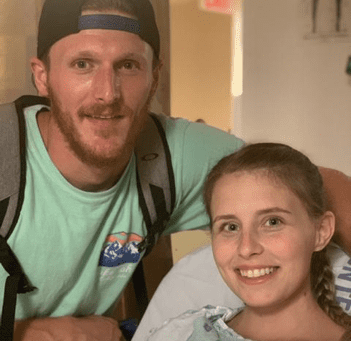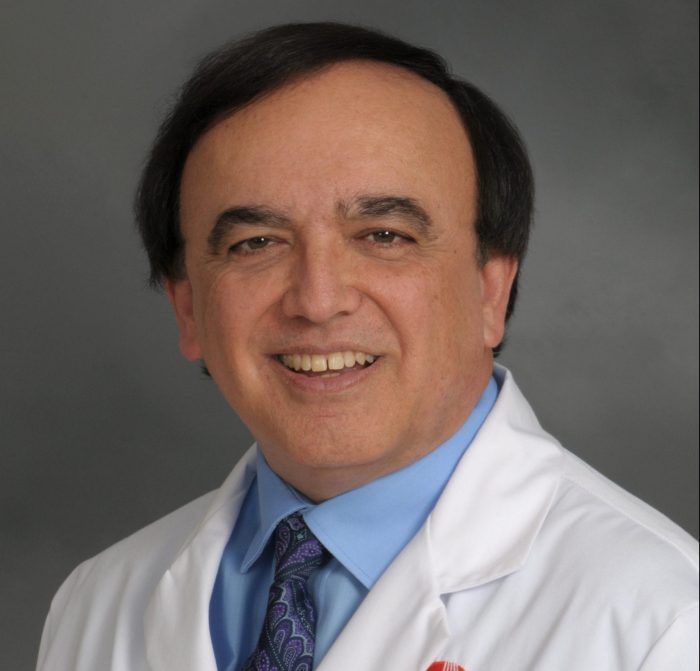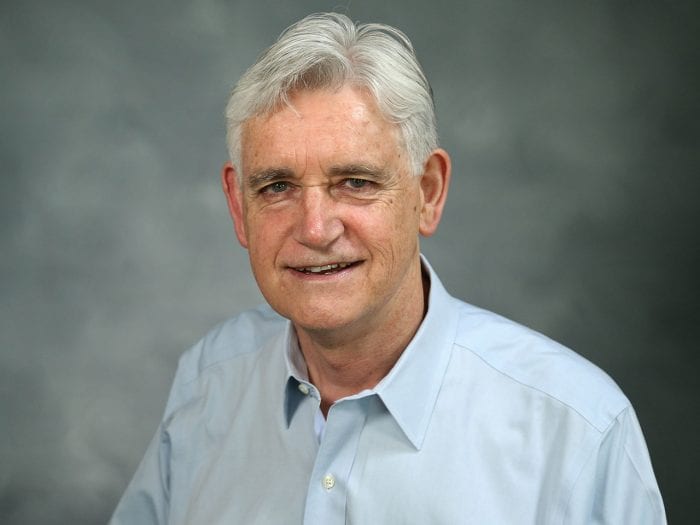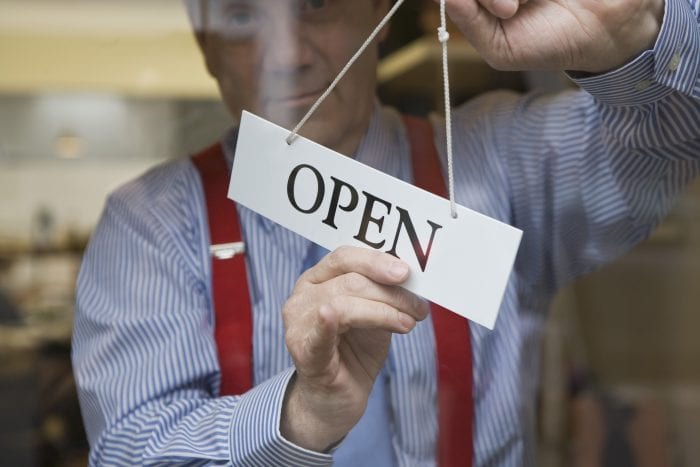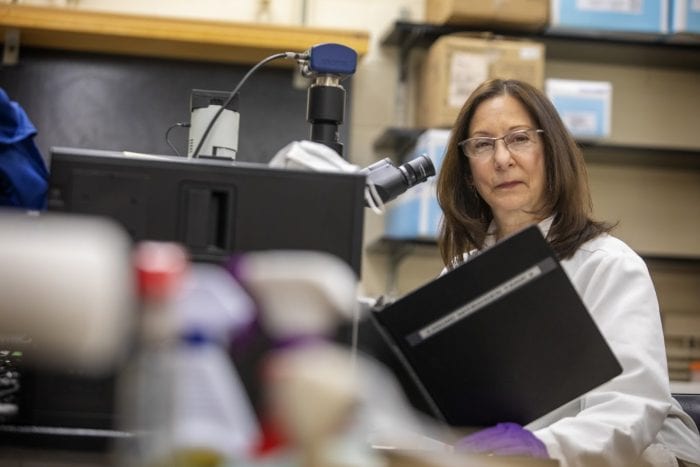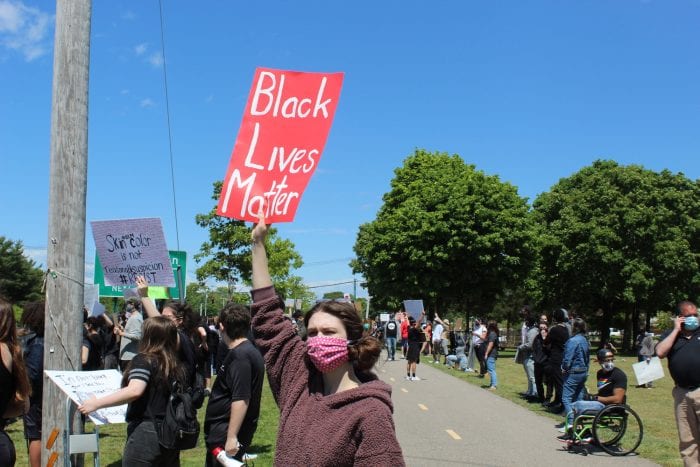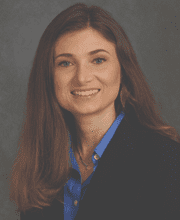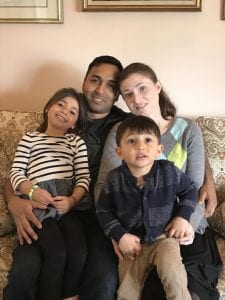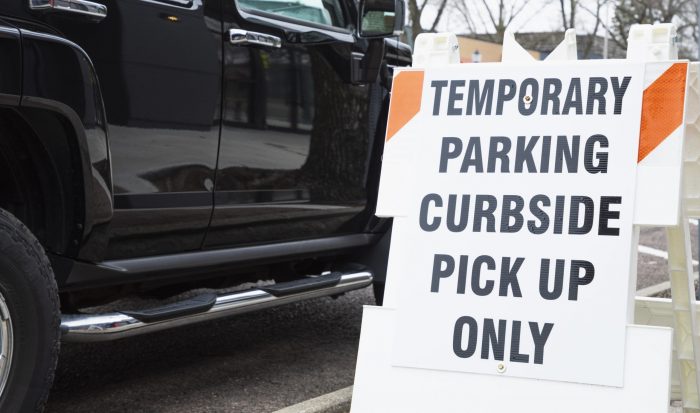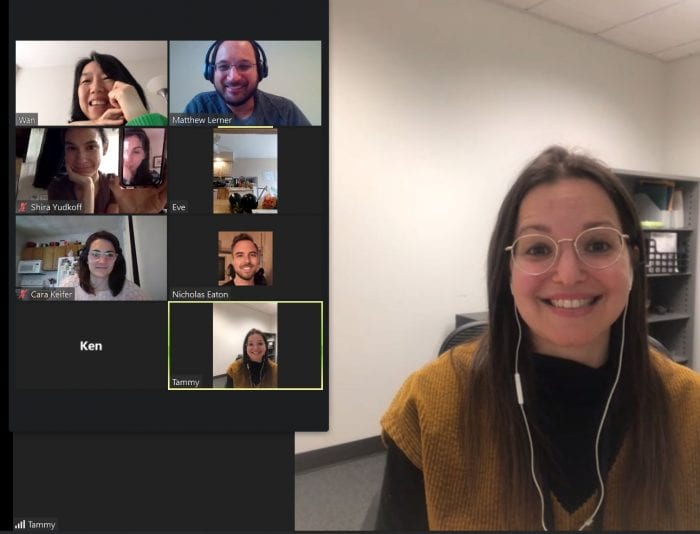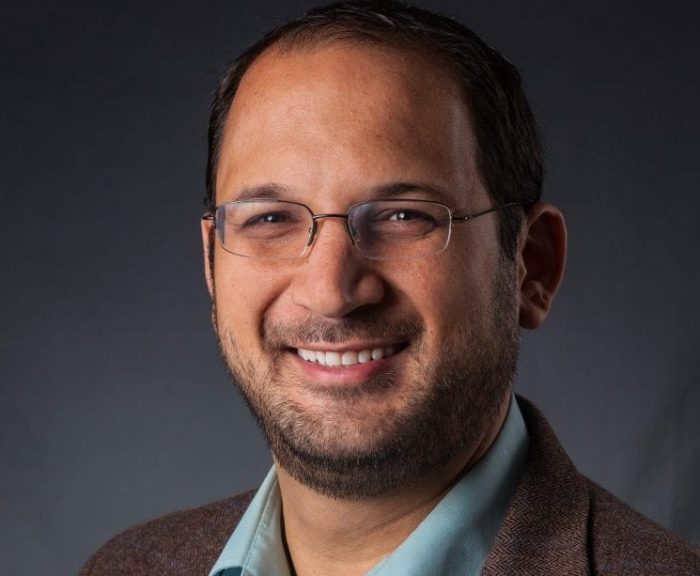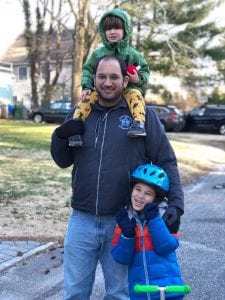By Daniel Dunaief
New York may have started Phase One of its reopening and other states may have reopened shops and businesses, but life won’t change much for Angie Tempio.
A native of Commack who had been working at the front desk at Funt Orthodontics in Setauket since 2017, Tempio received a heart transplant last summer and plans to do everything she can to protect herself amid threats from the pandemic.
Tempio, who was preparing to rebuild her life outside of an apartment she shares in Yaphank with her boyfriend James O’Brien, plans to remain as isolated as possible, lowering the chance of contracting COVID-19.
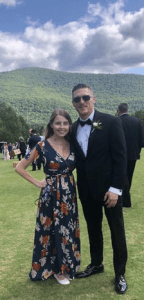
“The world is opening back up,” Tempio said. “For me, it’s not. Nothing will change for a few months. I’m used to being left behind.”
Tempio, however, doesn’t feel sorry for herself or rue her situation. She now focuses on new possibilities.
Diagnosed with restrictive cardiomyopathy when she was 11, she slowly went into heart failure. She struggled for a few years before her transplant, but the last year was the toughest. She said her pacemaker kept her alive.
Tempio, who recently turned 26, had made her peace with death, particularly when she struggled to walk two steps at a time and when her failing heart beat only 30 times per minute. “I was lucky,” she said. Two months after she went on the transplant list, she “got the call, which is a miracle in itself.”
While Tempio feels overwhelmingly blessed that she can consider having children, she said she is also sensitive to the over 1,870 residents who died from COVID-19 in Suffolk County.
Tempio had a rare heart condition that caused her to be a small statistic. Even with the overall mortality rate for COVID-19 below one percent, she empathizes with people and their family who are on the other side of those small numbers.
“Experiencing being a small statistic has definitely made me look at things differently,” she said. “In my head, anyone can [be such a statistic] and most people aren’t realizing that and that’s what’s making me overly cautious.”
Tempio said she was a gymnast and was seemingly healthy before she developed the rare heart disease.
“Although I haven’t experienced the virus itself, I’ve been through the same obstacles,” she explained in an email.
Even when the coronavirus first started infecting people on Long Island, Tempio wore masks to the classes she is taking at Suffolk County Community College, where she hopes to study to become a transplant coordinator. She said she felt judgment from people who thought she was being overly concerned about the virus.
“Most people didn’t realize” how much more vulnerable she was to the virus than the typical person walking around Long Island, she said.
While she’s waiting for the moment when she can emerge from a home cocoon, Tempio has been connecting with a network of friends and a close-knit heart transplant support group. She and 13 others are a part of a group that shares a profound and unique experience that brings them together and helps them connect with, and support.
“They have been my outlet during one of the hardest times in my life and I am so grateful to have them,” she said.
Tempio said she feels a responsibility to live her best and healthiest life. She believes she is “now living for my donor,” she said, and plans to “take the best care of this heart that I can.”

